University to work with Butte County Elections Office after Super Tuesday brought long lines to the BMU
The 2020 Presidential Primary Election saw Chico State’s first time as a voting center as the Bell Memorial Union opened on the second floor. Photo by Kimberly Morales.
After the last voter inside Chico State’s Bell Memorial Union voting center cast their ballot at 12:20 a.m. on Wednesday morning, the Butte County Elections Office began to investigate the leading causes of the Super Tuesday standstill and examine possible alternatives for the general election in November.
Students and community members who arrived to vote in the 2020 United States democratic presidential primary election found themselves waiting up to four and a half hours inside the BMU’s voting center.
2020 saw a new election system after California passed the Voters Choice Act in 2016 signed by former Governor Jerry Brown which sought to increase early voting by focusing the system on mail-in ballots. If voters chose to move away from mail-in ballots, voters could choose to show up to any voting center in the county, which replaced the previous polling centers where voters were restricted to the polling place designated to their address.
“This was the first time we did something like this and so wanting to make sure we learn from it, by taking risks and at the same time looking at what we can do better,” Chico State University President Gayle Hutchinson said.
Major changes in the new voting system included the ability to allow people to register and vote on or before Super Tuesday. Students and other community members who decided to take advantage of this opportunity would wait in a separate line to register and confirm their voting status before stepping into the main line to vote. The new voting centers brought another big change for the voting process — for the California primary, voting centers would be open for 11 days, giving students and other Chico residents more flexibility.
“I was sitting at a system that was straightening out registration problems—which was the purpose of this room,” voting center volunteer Jim Leek said. “If you had none, you could throw your ballot into the box and you were done, but for some reason there were hundreds who could not get registered correctly.”
Tuesday night saw a variation of problems from a lack of staff to broken printers.
“We were restricted by the computer and interface system,” Leek said. “My computer was hooked up to the Oroville database which was connected to the Sacramento Database so any kind of glitch in the system and everything would slow down, and that’s really intolerable.”
Dyan Gomez was one of the many first-time voters who came out on Tuesday. Even after Voting Centers closed, Dyan was not able to cast her vote until after 11 p.m. due to the long lines.
“It was really exciting to get to exercise my right to vote but it could’ve been better if there hadn’t been a lot of people. Obviously the people working were doing their best but they could have been better prepared for the amount of people … hopefully next year is better,” Gomez said.
Bob Mulholland, Secretary for the Chico State Democrats, explained that shortly after voting on Tuesday morning, Muholland called the Clerk-Recorder’s office to advise that the amount of staff present that morning would not suffice the lines which would fill the second floor of the BMU by the afternoon.
While Mulholland was discontent with the lack of staff and resources at the voting centers, he did express that he was happy that county voting staff positioned themselves at the end of the voting lines by the time that centers closed access to make sure students who came to vote late would not be closed out.
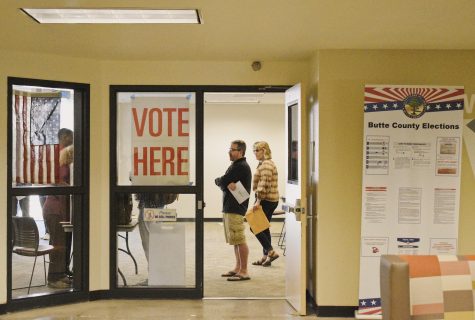
While students who chose to stay in line could have faced up to five hours, staff and volunteers worked to minimize the wait. After voting centers closed, one watch party nearby brought pizzas and bottles of lemonade for those who still had hours to wait.
“Vote by mail is new, the software we were using was new, the hardware we were using was new, the people we were using were new and the procedures we were using were new,” Leek said. “We’ve been working on it for a couple of weeks to understand how to work it out and then they would change the procedure in some way—nothing too drastic but enough to confuse me.”
Both Butte County and Chico State officials noted that a large cause for the lines inside the BMU was ballot holding or waiting until the last day of the 11-day period. Candace Grubbs, the Butte County Clerk Recorder noted that on the last day of voting some professors brought their students to the BMU with the intention to have them vote.
Grubbs expressed criticism of the new California election system, which she would have prefered to mirror the election system in Oregon where a closed primary is held and elections are conducted by mail, with no absentee or early voting.
“They have it figured out,” Grubbs said. “We don’t. We procrastinate. Next, we need to talk to our field inspectors and have a discussion. Maybe we need another voting center near the university, look at where our resources are and then redistribute.”
Grubbs also remarked that reducing the voting period from ten days to four was also a possibility to reduce Voting Center costs.
“Ann Schulte and I from the Office of Civic Engagement have been working on this (encouraging students to vote) and we started with the tagline, ‘Wildcats Vote’ — and that was hope,” Director of Student Life and Leadership Mary Wallmark said. “After Tuesday, that was the truth—Wildcats do vote.”
Noting that Chico State played a heavy role in advertising voting to students through fliers, social media outreach and events where students could pet baby goats, Wallmark and University President Gayle Hutchinson touched on the impact that the new voting centers had on the student community.
“My recommendation is that every college campus should have a vote center,” Wallmark said. “For students, that opportunity—even if it took a long time to go to one local on their campus and get a ballot at this population, how could we not have a vote center?”
“It was outstanding and a majority of the voters who turned out were our students — I have a feeling that that was the first time they ever voted and that’s a really important event in one’s life to go through that process and really be a part of democracy. It not only aligns with our students’ education here, it specifically aligns with our priority of civic engagement,” President Hutchinson ended.
Kimberly Morales and Donovan Corprue can be reached at [email protected] or @kimberlymnews and @DonovanOrion1 on Twitter.
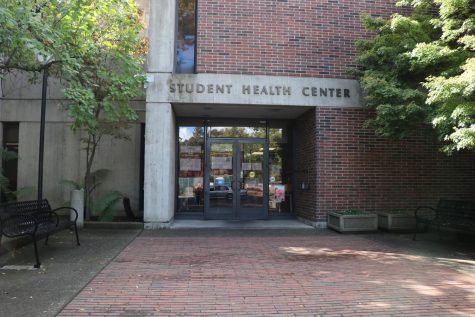

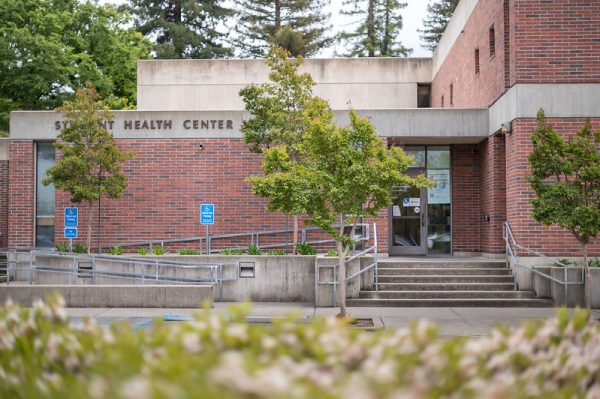
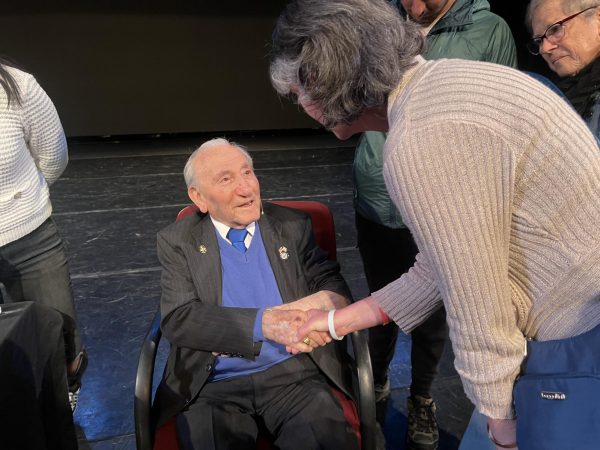




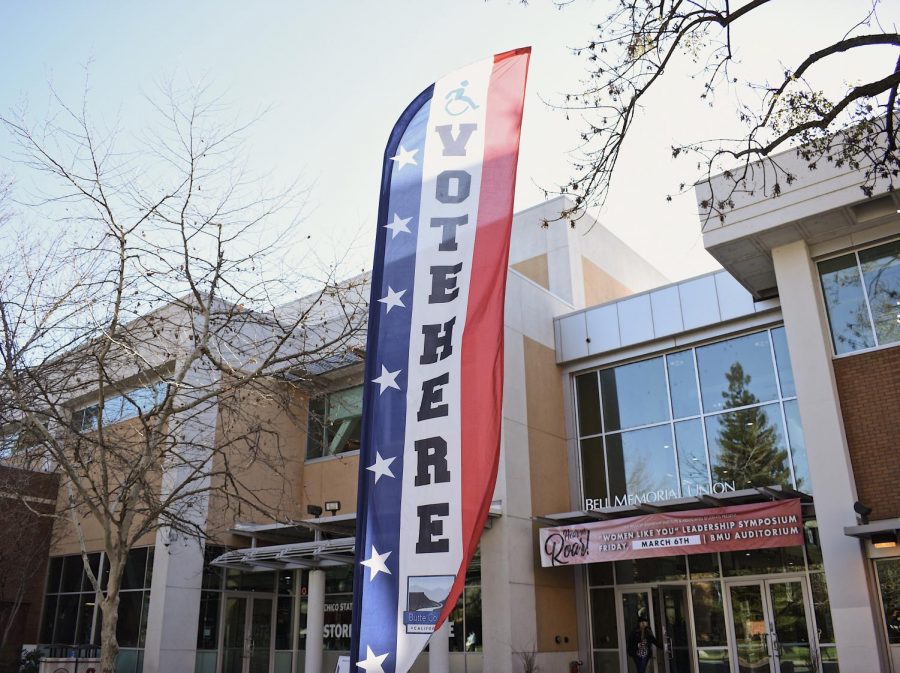


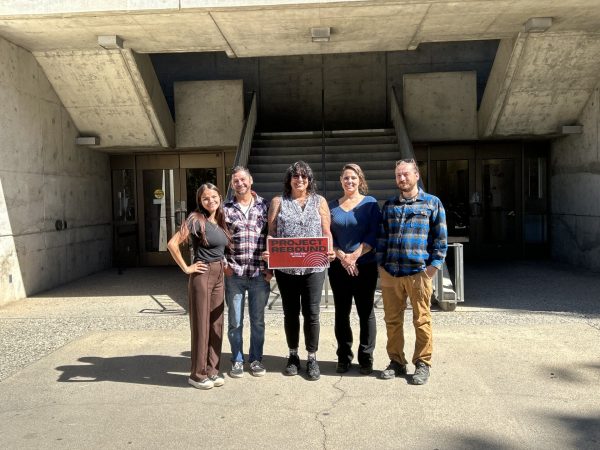
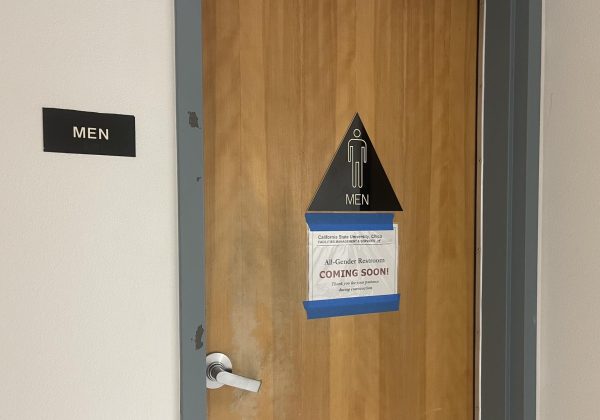
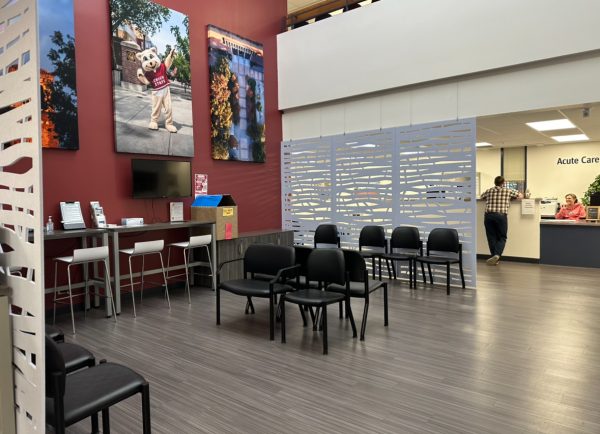
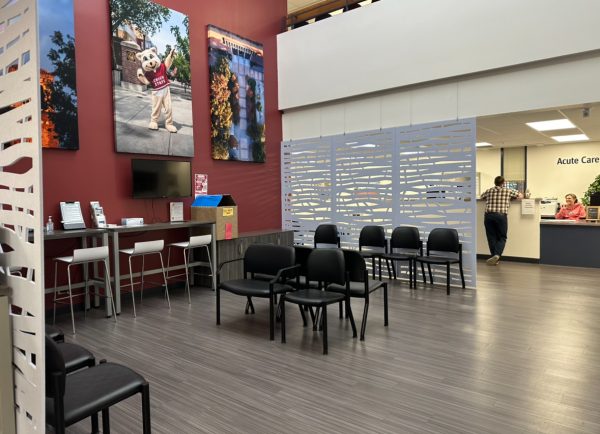
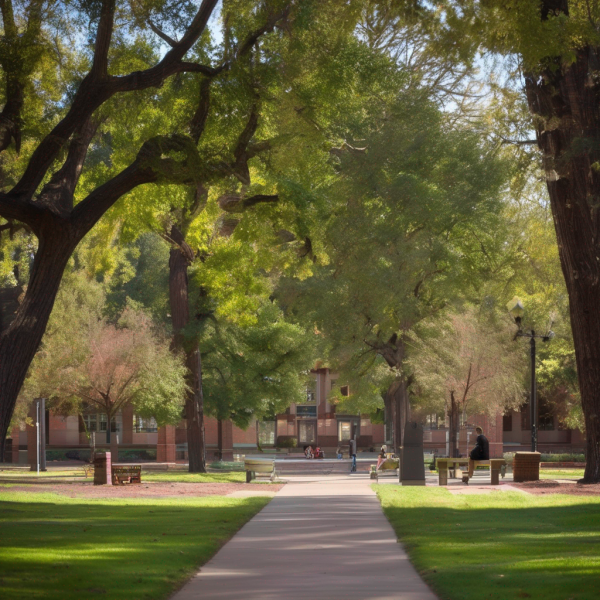
Bob Mulholland // Mar 22, 2020 at 2:22 pm
All of us in the political business but especially government need to do a better job. Not one student should be told- sure you can vote but wait in line 5 hours. Don’t tell voters that the polls are open till 8PM and then be shocked when people show up to vote on election night. We need more staffing and better training and let’s get on top of the software issues.